THE LIBRARY OF AFRICAN-AMERICAN BIOGRAPHY
John David Smith, editor
Walter White
Walter White
THE DILEMMA OF
BLACK IDENTITY IN AMERICA
Thomas Dyja

WALTER WHITE. Copyright 2008 by Kelmscott Ink, Inc. All rights reserved, including the right to reproduce this book or portions thereof in any form. For information, address: Ivan R. Dee, Publisher, 1332 North Halsted Street, Chicago 60642, a member of the Rowman & Littlefield Publishing Group. Manufactured in the United States of America and printed on acid-free paper.
www.ivanrdee.com
The paperback edition of this book carries the ISBN 978-1-56663-865-4
Library of Congress Cataloging-in-Publication Data:
Dyja, Tom.
Walter White : the dilemma of Black identity in America / Thomas Dyja.
p. cm.
Includes bibliographical references and index.
ISBN-13: 978-1-56663-766-4 (cloth : alk. paper)
ISBN-10: 1-56663-766-X (cloth : alk. paper)
1. White, Walter Francis, 18931955. 2. African AmericansBiography. 3. National Association for the Advancement of Colored PeopleBiography. 4. African American civil rights workersBiography. 5. Civil rights movementsUnited StatesHistory20th century. 6. African AmericansCivil rightsHistory20th century. 7. United StatesRace relationsHistory20th century. 8. African American novelistsBiography. 9. African AmericansIntellectual life20th century. 10. African AmericansRace identityCase studies. I. Title.
E185.97.W6D95 2008
323.092dc22
[B] 2008019753
For Thelma
Contents
Walter White
Prologue
MORE THAN FIFTY YEARS after his death, Walter White still makes people uncomfortable. Despite an incredible, Zelig-like presence in thirty years of American history, and international fame in his lifetime, hes virtually unknown today, first because his life begs the unsettling question of what, exactly, makes a person white or black in America. W. E. B. Du Boiss dismissive construction that black is having to ride Jim Crow through Georgia may have been definition enough for many in the 1930s, but it fails to encompass the full dimensions of black life in America and the world in which White grew up. Legally black, White was, to all appearances, Caucasian, with blond hair and blue eyes and sharp features. People still question whether he was actually black, even though he was raised black, among a family and a community that considered themselves black, and worked tirelessly for the cultural and legal advancement of African Americans. Those historians who do not entirely overlook him tend to view Whites every action, public and private, through the lens of his fair complexion. But our readings of White, who had no doubts about his racial identity, often say more about us than about the man himself.
White was never a tragic mulatto, a victim of his ambiguous skin. Instead, for thirty-five years he made the most of it and became the nations leading spokesman for African Americans, confounding, profiting, and saving lives with his unexpected identity. As a young investigator for the NAACP and then as a lobbyist, he, more than any other one person, was responsible for turning Americans against lynching. As a literary figure, he not only wrote one of the first novels of the Harlem Renaissance but provided much of the connective energy that made that whole scene possible. In 1931 he became secretary of the NAACP, managing to keep the organization alive during the depression, nurturing and promoting the Legal Defense and Education Fund so it could pursue the strategy ultimately leading to Brown v. Board of Education. He led the first successful public challenge of a Supreme Court nominee, and lobbied Hollywood for better roles and representations for black America. Through his friendship with Eleanor Roosevelt, he put civil rights on the national agenda for the first time, only to be forced by the politics of the cold war into a false choice between domestic advancement through anti-communism, or the cause of anti-colonialism. His life bridged the coming of Jim Crow and the modern era of civil rights; his work permitted the mass movements of the fifties and sixties to march on a paved road of legal precedent. Full of a bounding, salesmans energy, constantly merging his own self-interests with those of the civil rights movement, White was as much about the noise he made as the accomplishments that he was truly responsible for.
The inspiration and brilliance of Du Bois allow many to excuse his embrace of Stalinism and Mao, and a personality and private life no less thorny than Whites. Yet the volume and importance of Whites practical achievements, when not ignored, tend to come wrapped in ideology as the work of a schemer or someone less than serious. The following pages are by no means intended as hagiographyWhite was no saintbut I have tried not to assign moral superiority to received wisdom, and to avoid notions of history from left and right that serve theory more than they illuminate the realities of America during three complex and pivotal decades. To understand White, we must risk feeling uncomfortable about more than just race, and confront some very essential questions. Do the ends always justify the means? Is bottom-up change somehow better than change from the top? How much should one compromise on principle? Can a loyal friend, a champion of good, be a cold husband and father?
There are no easy answers to such questions, at least in the real world, and admitting Whites existence does not require our approval of him. But the choices he made that ultimately locked away his legacy were not choices between the black race and the white race; they were between the black race and Walter White, the man. His rise, immense success, and ultimate oblivion is, in the end, a story about choices we all make, regardless of race.
White dreamed of a nation that judged all its citizens on their own merits, no matter their color. Restoring him to his place in the story of the African-American struggle fills the void between Booker T. Washington and Dr. Martin Luther King, Jr., and further clarifies the vision of the modern civil rights movement as the culmination of generations of work and philosophythe final sounding of the trumpets around Jericho, not the first. By the sixties he was considered someone to be forgotten, a symbol of everything the new activism wanted to get past. But all these years later, we still havent caught up to his dreams.
CHAPTER ONE
A World of His Own
 In the waning sun of September 18, 1895, Booker T. Washington, a former slave and founder of the Tuskegee Institute, rose before the Cotton States and International Exposition in Atlantas Piedmont Park with an offer for white America. Convinced that wealth, not legislation, was the way to survival and success for African Americans, Washington took it upon himself to tell the well-heeled white Southern businessmen sitting before him that if only white America would let them pursue that wealth unmolested, black America would accept segregation.
In the waning sun of September 18, 1895, Booker T. Washington, a former slave and founder of the Tuskegee Institute, rose before the Cotton States and International Exposition in Atlantas Piedmont Park with an offer for white America. Convinced that wealth, not legislation, was the way to survival and success for African Americans, Washington took it upon himself to tell the well-heeled white Southern businessmen sitting before him that if only white America would let them pursue that wealth unmolested, black America would accept segregation.
Whites, especially in the South, applauded the Atlanta Compromise with something close to euphoria; social equality was now off the table, and white power would remain unchallenged. Blacks, though hardly unanimous in their support of the Wizard of Tuskegee, warily played along if it meant safety and stabilitythered been more than one thousand reported lynchings in America since 1890. Even W. E. B. Du Bois, soon to be Washingtons nemesis, praised the speech. A year later the Supreme Court found in Plessy v. Ferguson that separate but equal accommodations were legal under the Constitution. With these two momentsWashingtons Atlanta Compromise and
Next page

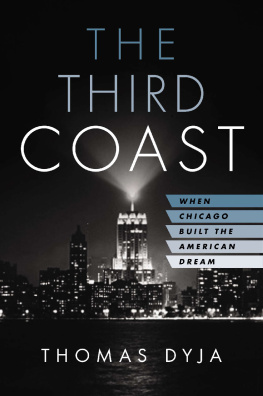
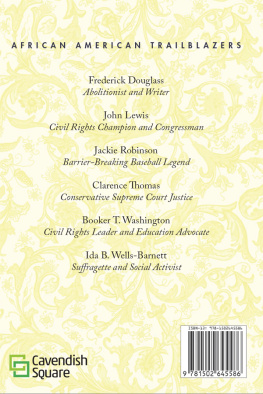

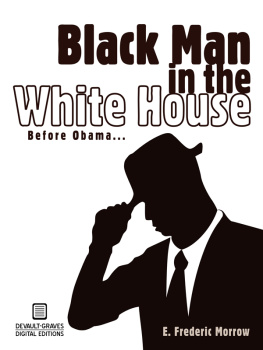
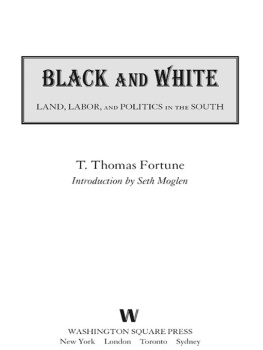
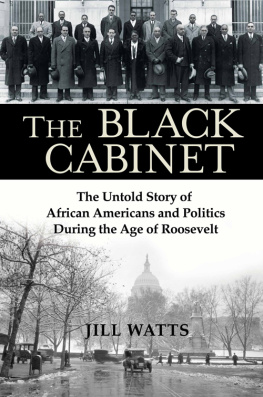
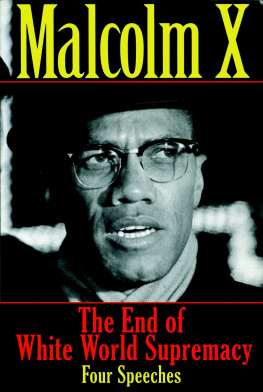
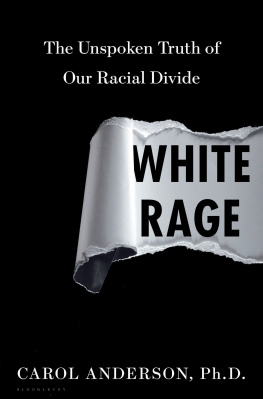
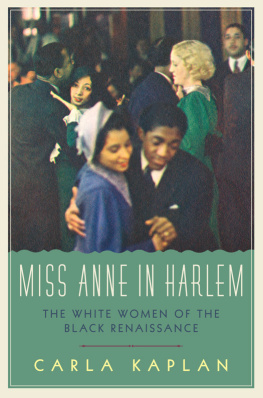

 In the waning sun of September 18, 1895, Booker T. Washington, a former slave and founder of the Tuskegee Institute, rose before the Cotton States and International Exposition in Atlantas Piedmont Park with an offer for white America. Convinced that wealth, not legislation, was the way to survival and success for African Americans, Washington took it upon himself to tell the well-heeled white Southern businessmen sitting before him that if only white America would let them pursue that wealth unmolested, black America would accept segregation.
In the waning sun of September 18, 1895, Booker T. Washington, a former slave and founder of the Tuskegee Institute, rose before the Cotton States and International Exposition in Atlantas Piedmont Park with an offer for white America. Convinced that wealth, not legislation, was the way to survival and success for African Americans, Washington took it upon himself to tell the well-heeled white Southern businessmen sitting before him that if only white America would let them pursue that wealth unmolested, black America would accept segregation.